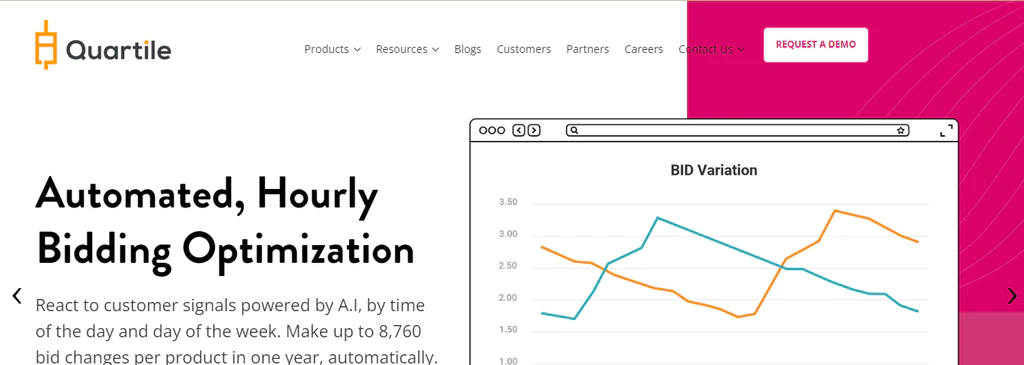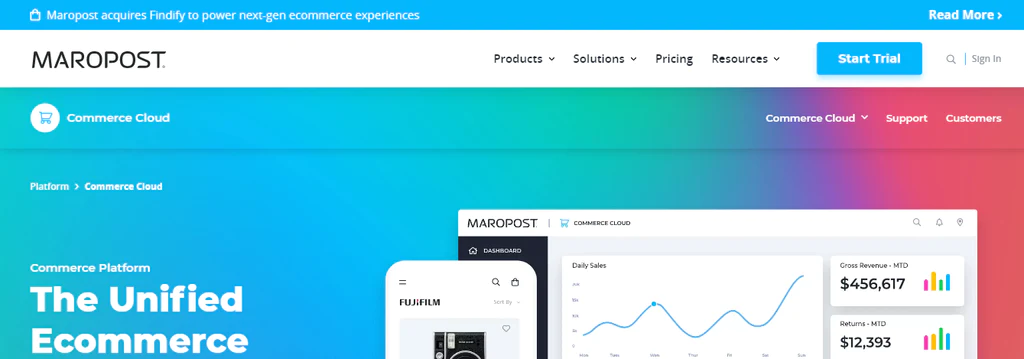
Are you thinking about starting an ecommerce business? If so, you’re not alone. In fact, eCommerce is one of the most popular online business models today. However, just because it’s popular doesn’t mean it’s easy. In fact, starting and growing a successful eCommerce business is anything but easy. There are a lot of moving parts and if you don’t have a solid plan in place, you’re likely to fail. The good news is that we’re here to help. In this guide, we’ll show you everything you need to know about starting a successful eCommerce business. From choosing the right platform to building your website to marketing your products and more, we’ve got you covered.
What is an e commerce business?
An ecommerce business is a business that uses the internet to buy and sell products or services. Ecommerce businesses can be either online-only businesses, or they can have a physical storefront as well. Online-only businesses are sometimes called “pure play” ecommerce businesses.
Ecommerce businesses have grown in popularity in recent years due to the ease of starting an online store and the reach of the internet. With an ecommerce business, there are no geographical boundaries – you can sell to anyone in the world with an internet connection.
Best Websites for Ecommerce Business Development
Katana ERP

Manage product planning activities and ensure on-time purchasing of materials.
1. Quartile
3. Finale Inventory
4. Drip
5. Maropost Commerce Cloud
1. Quartile
One of the most crucial things you can do to construct a successful e-commerce business is to concentrate on growing your email list. A new approach to managing your retail media and online store promotion is Quartile. Discover an ad platform that is e-commerce-focused that optimizes campaigns based on sales and overall return on investment, rather than advertisements, views, and clicks.
One of the biggest e-commerce advertising platforms in the world, helping merchants reach the right customers through online marketplaces, search channels, and shopping.
Here are some best features which makes Quantile great!
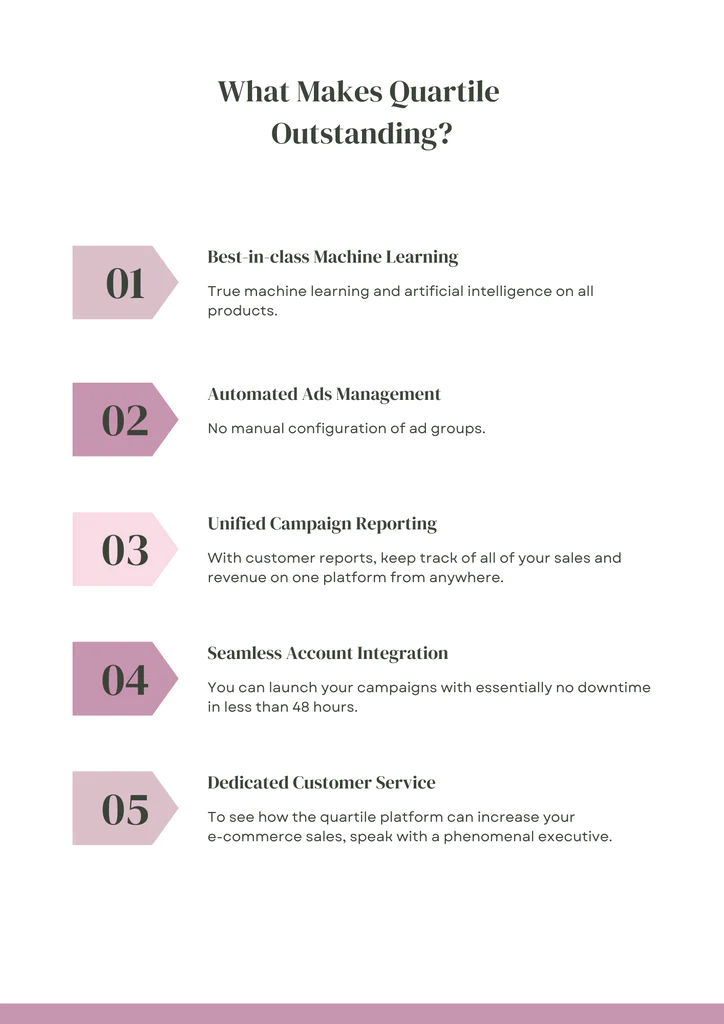
2. Katana Manufacturing ERP
In any ecommerce business, having a good product is only half the battle – the other half is making sure that your product is available to your customers when they want it. This is where inventory management comes in, and one of the most popular inventory management systems is Katana MRP.
Katana MRP is a cloud-based inventory management system that helps businesses keep track of their stock levels, sales, and purchases in real-time. It also provides features such as order tracking, forecasting, and supplier management. One of the great things about Katana MRP is that it’s designed to be used by businesses of all sizes, from small startups to large enterprises.
If you’re looking for an inventory management system that can help you streamline your operations and keep your stock levels under control, then Katana MRP is definitely worth considering.
How Katana keeps manufacturers productive
- Live inventory management
- Real time master planning
- Floor level app for total shop floor control
- Native integrations and open APIs
Let see some of the features below.
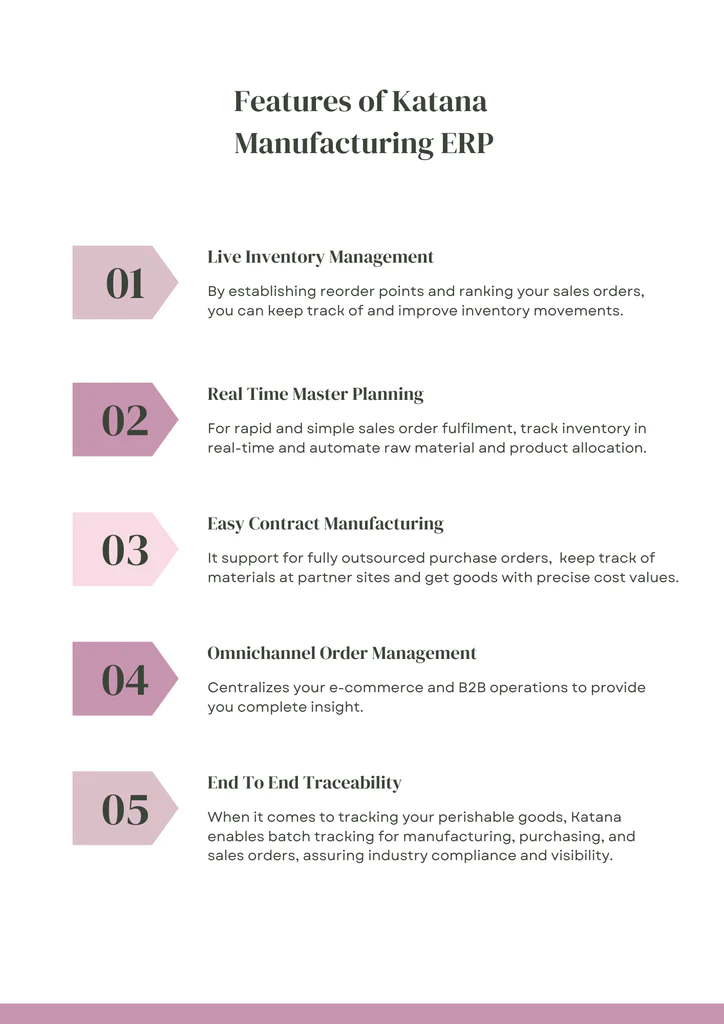
3. Finale Inventory
The finale inventory for a successful eCommerce business should be designed to help you avoid costly mistakes, maximize your profits, and keep your customers coming back for more. Here are a few key points to consider when creating your finale inventory:
1. Make sure you have enough products in stock to meet customer demand. If you run out of stock, customers may go elsewhere and never come back.
2. Don’t overstock your inventory. You don’t want to tie up too much money in inventory that isn’t selling.
3. Know what products are selling well and focus on stocking those items. This will help you make the most profit possible.
4. Keep an eye on trends so you can adjust your inventory accordingly. For example, if a new product becomes popular, make sure you have it in stock so you can capitalize on the trend.
5. Offer discounts or promotions on slow-moving items to help clear them out of your inventory. This will free up space for new products and help you boost sales.
By following these tips, you can create a finale inventory that will help your eCommerce business be successful!
Inventory Management Methods
You can better manage your inventory and remain on top of consumer requests by using the following techniques:
1. ABC Analysis
- Category A holds the most valuable goods.
- Category B contains moderately valuable items.
- Category C is for the least valuable products.
2. Just in Time
3. First in, First Out
4. Last in, First Out
5. Setting PAR Levels
6. Demand Forecasting
7. Kitting and Bundling
8. Data Analysis
9. Auditing
Inventory Management Process Flow
When merchandise is delivered to a store’s or warehouse’s receiving area, inventory management starts. The package may include raw supplies if you’re a manufacturer. You will probably receive finished goods that are prepared for sale if you’re a retailer or distributor. The general steps below show how inventory gets from the receiving dock to the hands of customers:
1. Scan the shipment’s purchase order to pull up a list of expected items.
2. Scan each product to enter it into an inventory management system and
update stock levels.
3. Check the products to confirm quantity and condition.
4. Put the inventory away in a storage area.
5. Regularly monitor stock levels.
6. Receive a customer’s order.
7. Locate the item and pick it from the shelf.
8. Scan a barcode to remove the item from the inventory count.
9. Pack the order and print a shipping label.
10. Deliver the package to the customer.
Inventory Management Tips
Inventory management system has the potential to stop product loss, increase customer happiness, and support the growth of your company, but much depends on the effort you put into it. You may get the most out of your e-commerce inventory management system by using the following advice:
• Keep your inventory organized.
• Apply the first in, first out approach.
• Identify and get rid of dead stock.
• Use barcode scanning to boost effciency.
• Assign experienced staff to perform inventory counts.
• Regularly audit your inventory.
• Use data analytics to forecast demand.
Here are some features for managing multichannel inventory with finale Inventory.
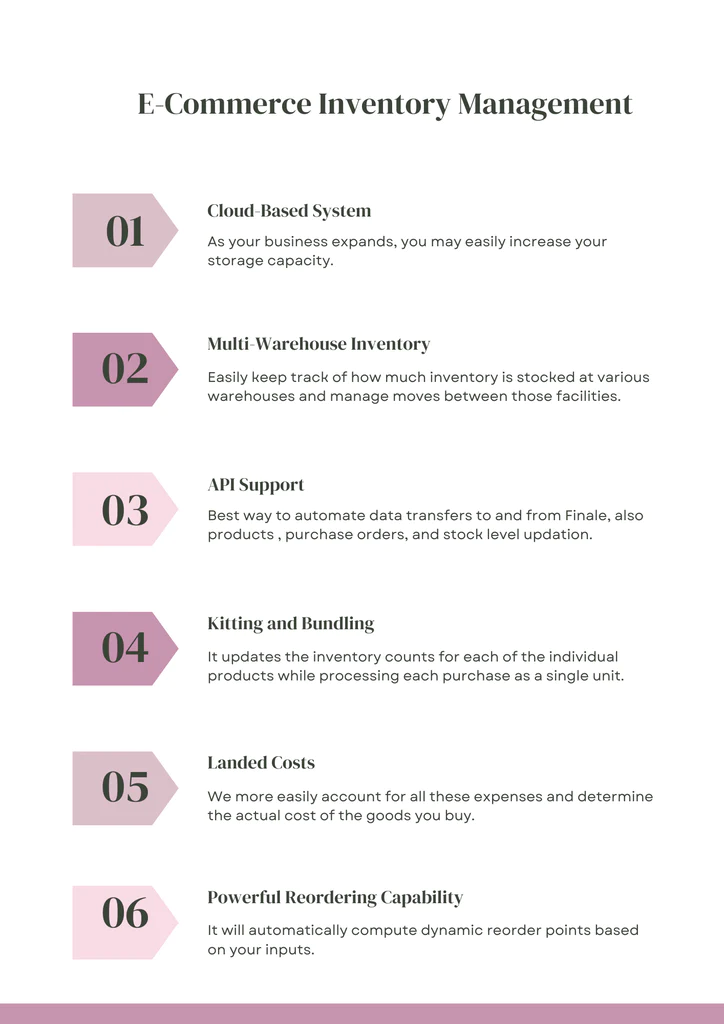
4. Drip
If you want to create a successful ecommerce business, one of the most important things you can do is to focus on building a strong email list. One of the best ways to do this is to use a tool like Drip, which allows you to easily create beautiful email campaigns and automate your email marketing.
Building a large email list is one of the best things you can do for your ecommerce business. Not only does it give you a group of people who are interested in what you have to say and what you’re selling, but it also allows you to build relationships with your customers and fans
Using Drip, you can easily create beautiful email campaigns that will help you build your list quickly. You can also automate your email marketing so that you can focus on other aspects of your business. If you’re not already using Drip, now is the time to start! See some of our E-Commerce Strategies.
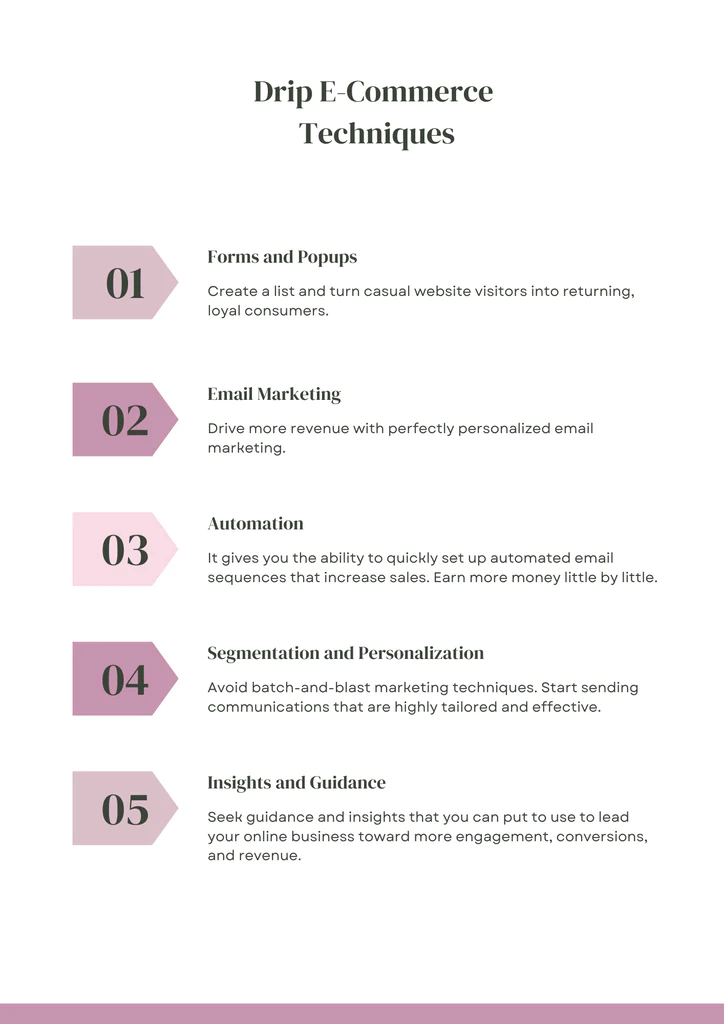
5. Maropost Commerce Cloud
If you’re looking to create a successful eCommerce business, then you need to make sure you’re using the best tools and platforms available. Maropost is one of the leading eCommerce platforms on the market, and it can help you take your business to the next level. With Maropost, you can manage your inventory, track your sales, and connect with your customers all in one place. Plus, Maropost makes it easy to integrate with other platforms and tools that you might be using for your business. Whether you’re just getting started with eCommerce or you’re looking to take your business to the next level, Maropost is a great platform to consider.
Maropost is a cloud-based marketing platform that helps businesses automate their marketing and sales processes. It offers a wide range of features, including email marketing, lead management, customer relationship management (CRM), and analytics. Maropost also has a strong focus on mobile commerce, which is perfect for businesses that are looking to reach a wider audience through multiple channels. Make a look at some of our E-Commerce marketing strategies.

What are the pros and cons of an ecommerce business?
There are a number of advantages and disadvantages to consider when starting an ecommerce business. On the plus side, you can reach a global audience with your product or service, which is not possible with a brick-and-mortar business. Additionally, ecommerce businesses have lower overhead costs than traditional businesses because you don’t need to lease physical space or hire as many employees.
However, there are also some challenges associated with ecommerce businesses. For example, it can be difficult to stand out in a crowded marketplace and you may need to invest in marketing and SEO to drive traffic to your site. Additionally, you’ll need to create a strong online security protocol to protect your customers’ information.
Conclusion
Creating a successful e commerce business is no easy feat, but it is definitely possible with the right planning and execution. With our ultimate guide, you should now have all the tools and knowledge you need to get started on your very own e commerce venture. So what are you waiting for? Get out there and start building your dream business today!






